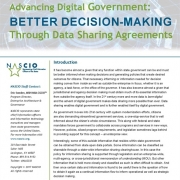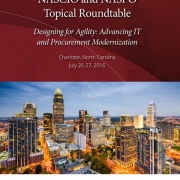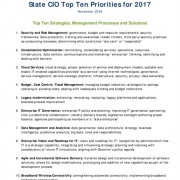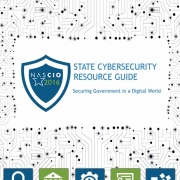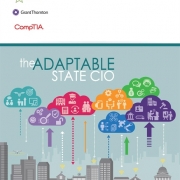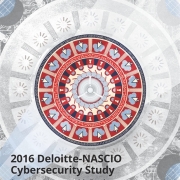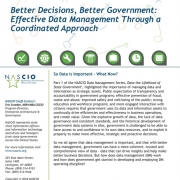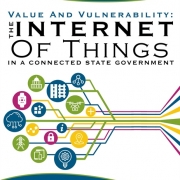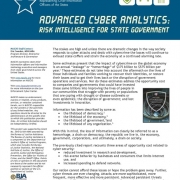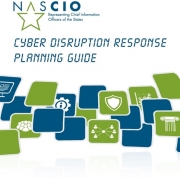Advancing Digital Government: Better Decision-Making Through Data Sharing Agreements
This report describes the purpose and the principles for creating data sharing agreements as well as enterprise wide memorandum of understanding (MOU). The intent is to avoid surprises and ensure everyone involved knows the parameters for sharing certain types of information. When possible, enterprise MOUs should be in place that encourage information sharing. The ultimate outcome is better informed decisions so state government is reaching the outcomes it is seeking for its citizens.
Download

